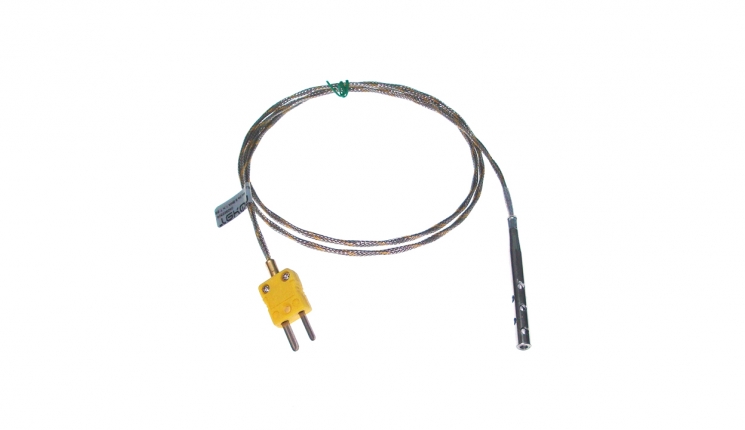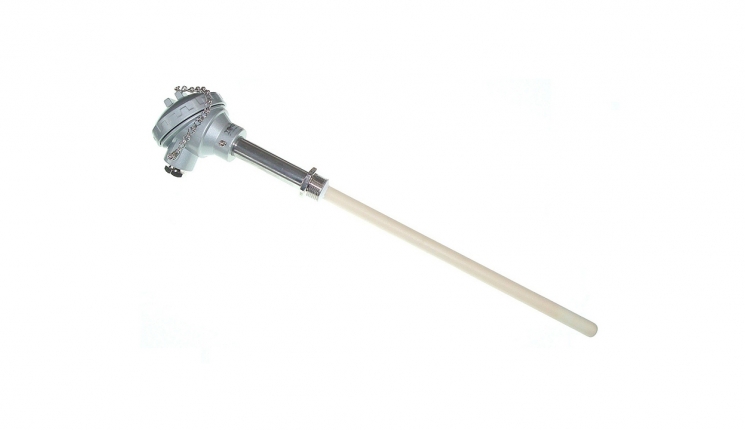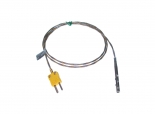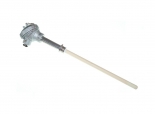



Thermocouples
Thermocouple sensors consist on two wires of different types of materials, fused at a single point, creating a thermal junction. When this junction experiences a temperature change, is created a voltage that is proportional to the temperature difference between the connection terminals and the junction. The most frequent thermocouple types are J, K, N, S, R, T and E. The special thermocouple types B, G, C and D are used in environments with temperatures that can reach 2600ºC. Each of these thermocouple types, has different operating temperature ranges. The choice of the thermocouple must consider the following specifications:
- temperature range;
- accuracy;
- work conditions;
Any question?
We can help you.